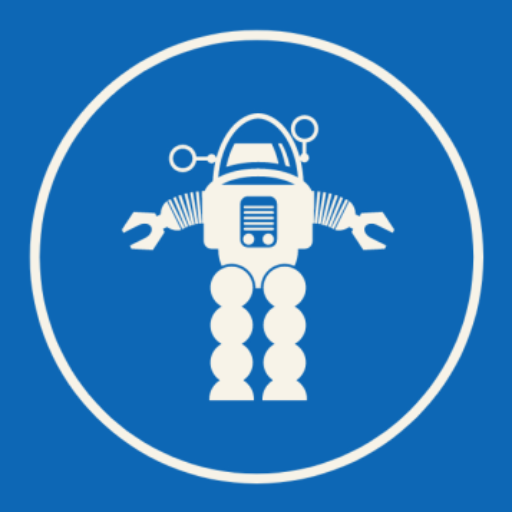O’Reilly Media – What We Learned Auditing Sophisticated AI for Bias
A recently passed law in New York City requires audits for bias in AI-based hiring systems. And for good reason. AI systems fail frequently, and bias is often to blame. A recent sampling of headlines features sociological bias in generated images, a chatbot, and a virtual rapper. These examples of denigration and stereotyping are troubling…
